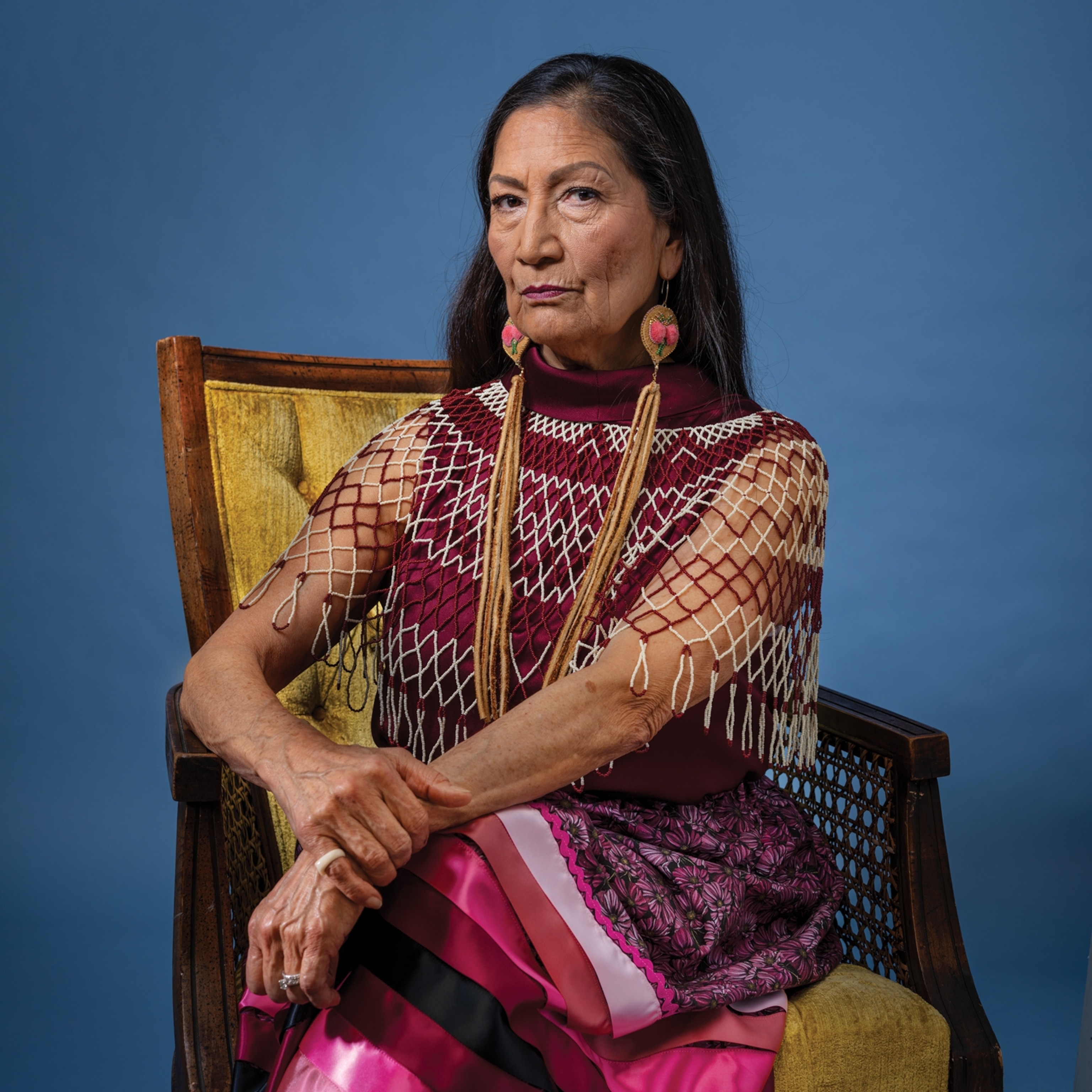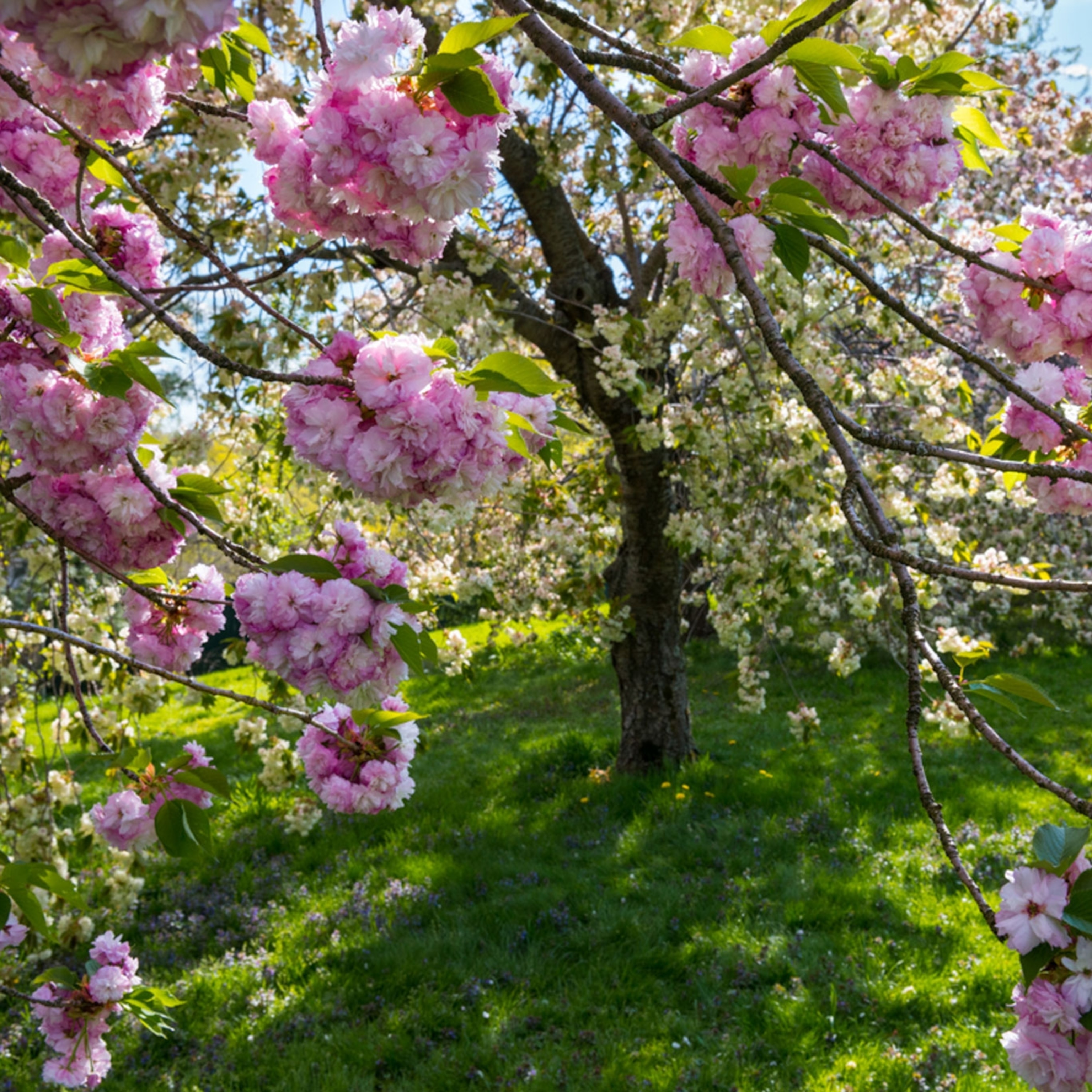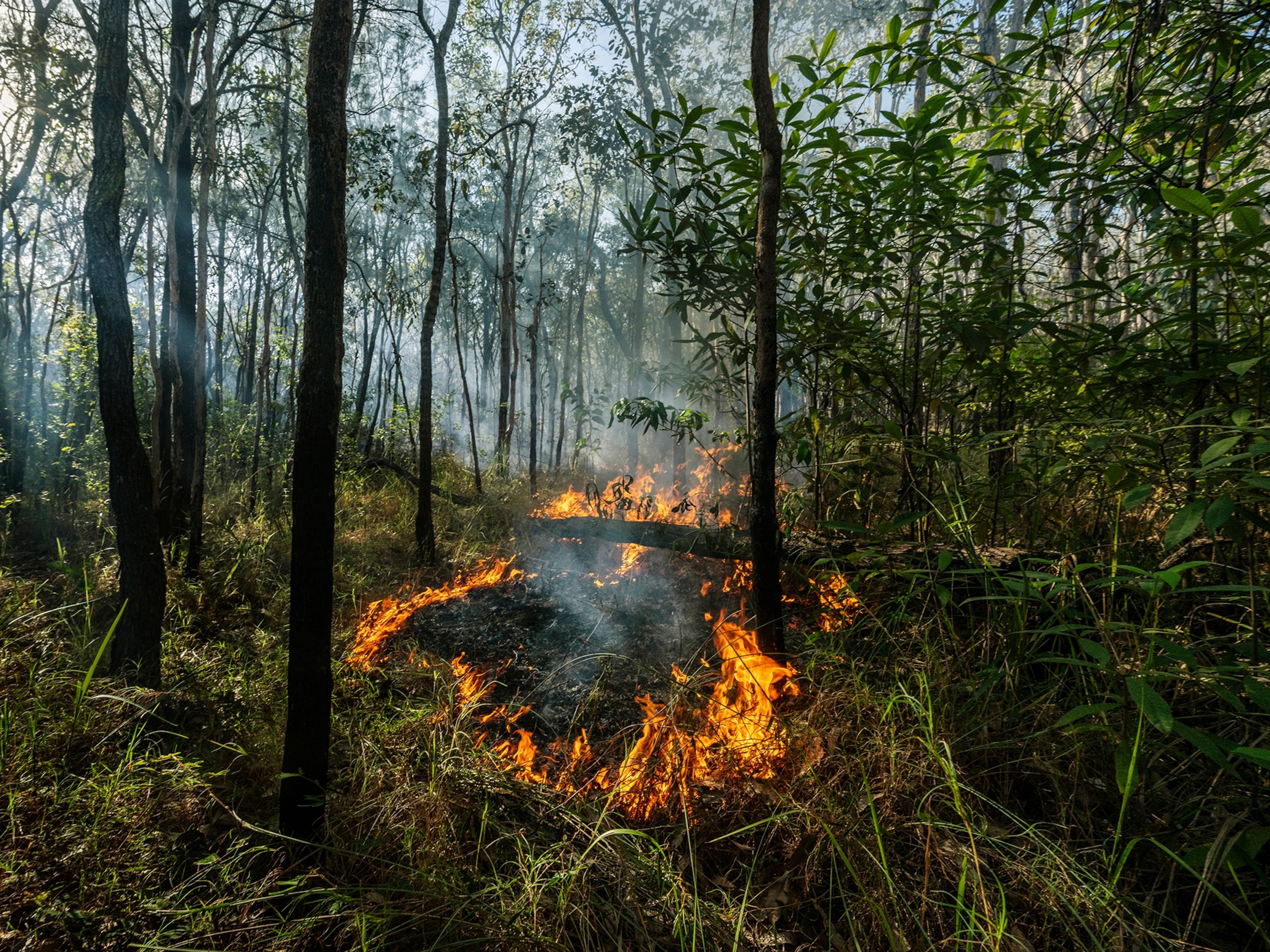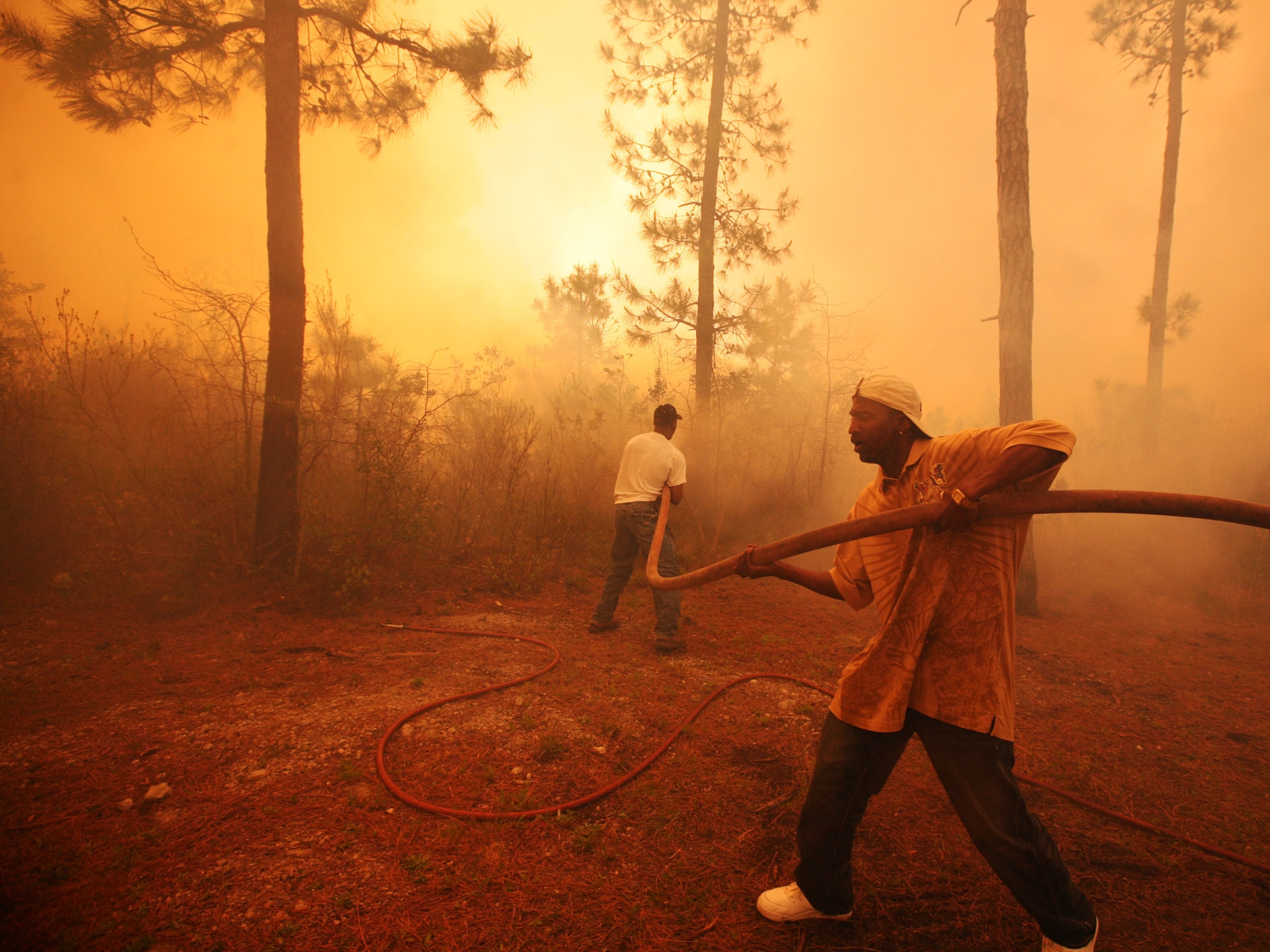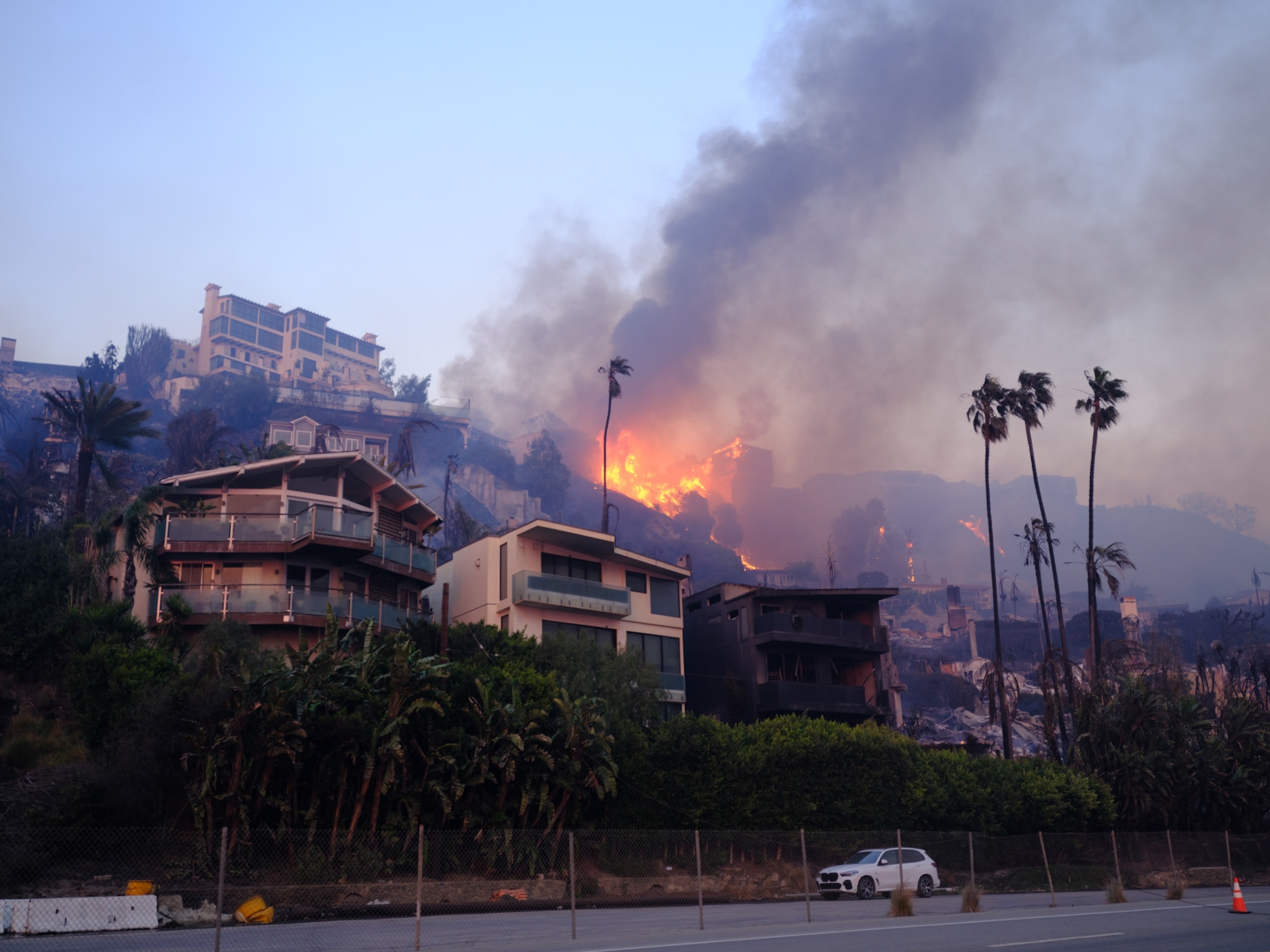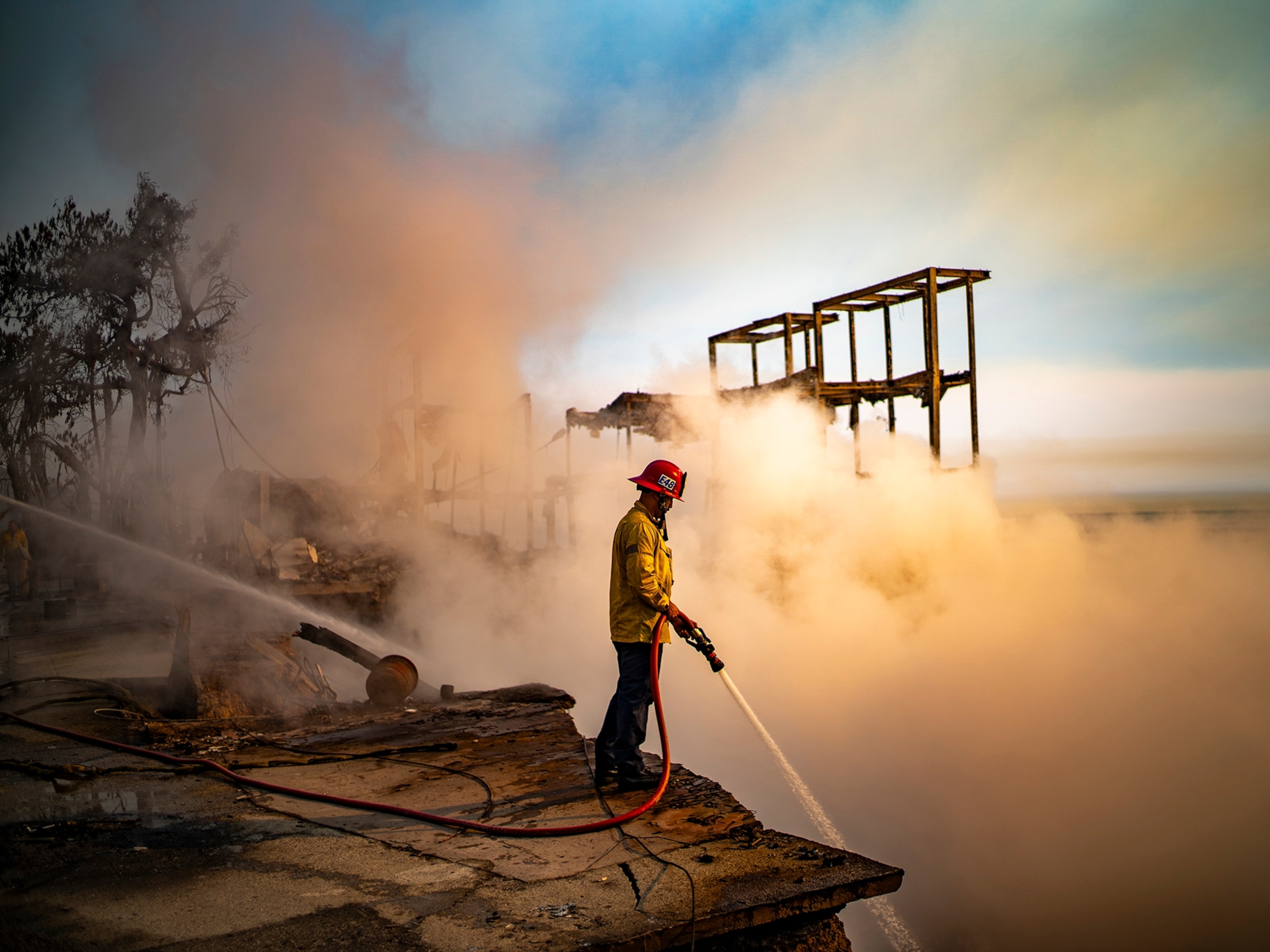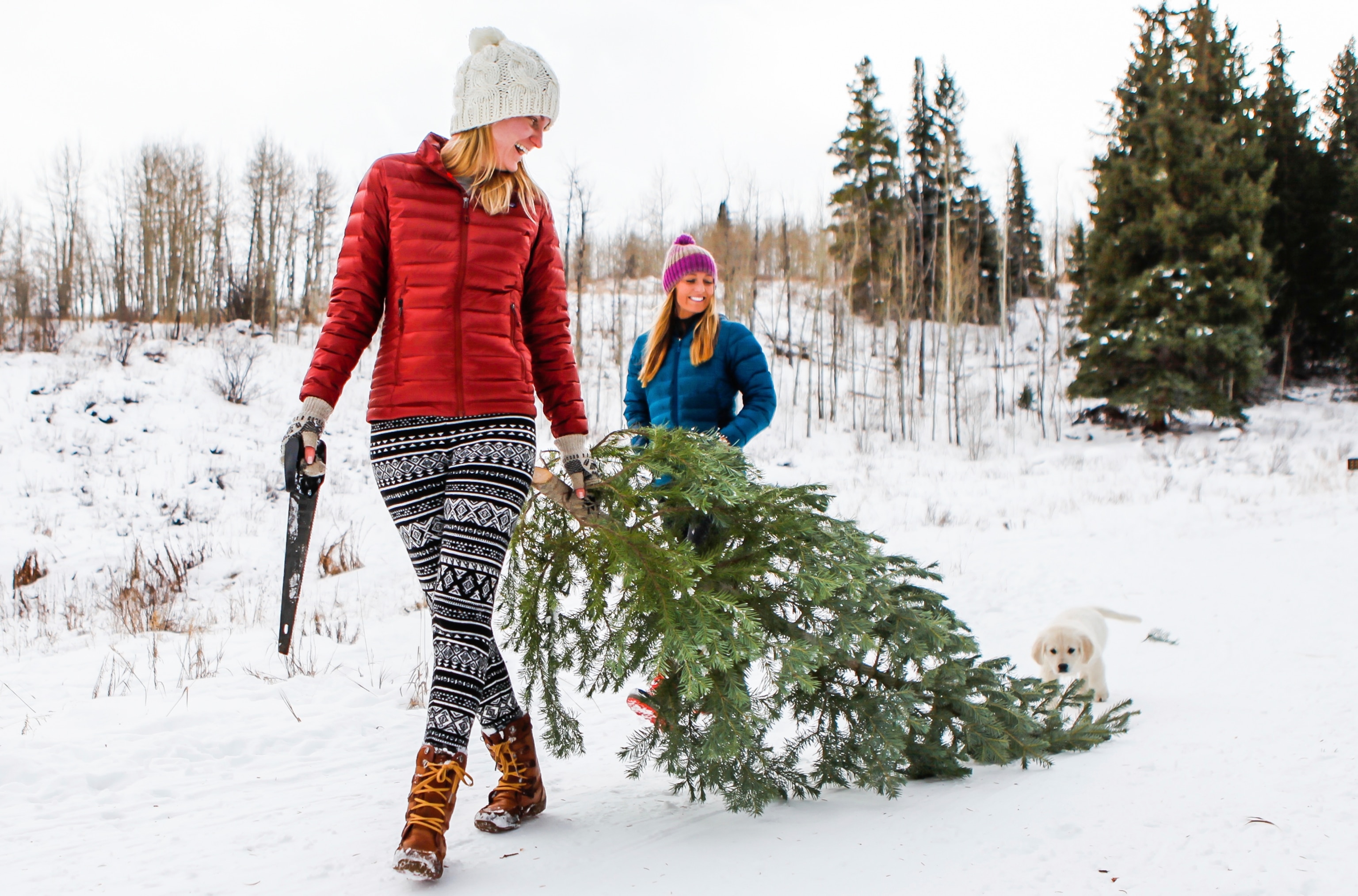
These national forests let you cut your own Christmas tree
Cutting holiday trees from public lands (with a permit) could help make forests healthier.
The chilly day after Thanksgiving, Susie Kocher and her family, who live in the Lake Tahoe Basin, set out on their annual tradition of 28 years: the Christmas tree hunt in a local national forest.
They packed the truck, put on their layers, and drove a few miles away to a spot forest staff had marked, where they scouted out a little white fir. About six feet tall and straggly but pencil-straight, it was short enough to fit under the low ceilings of their cabin and charming enough to love.
Kocher knows that most of the forests in the basin are overgrown with small conifers that contribute to fire danger and sap forest health, a problem across the United States but particularly in the West.
“It just so happens these smaller-diameter trees are perfect for Christmas trees,” says Lisa Herron, a Forest Service employee at the Lake Tahoe Basin Management Unit—and any effort that thins out that understory can help make forests healthier and less dangerous during fires.
This year’s trip was particularly meaningful for Kocher, a forestry expert with the University of California’s cooperative extension program, because the destructive Caldor Fire came within a few miles of her home this summer, forcing the family to evacuate. All around the basin, forests burned catastrophically—but not all of them. So she was extra eager to snag a permit to cut a Christmas tree on Tahoe National Forest land this year, joining the thousands of other families across the U.S. that went out to build holiday memories while doing some good for the forests.
“It’s really a win-win,” says Herron.
A holiday tree history
Christmas trees weren’t big business in the U.S. until the 1850s, when an upstate New York farmer decided to tap the previously unconsidered crop. He drove a few loads of fir trees to New York City, where they sold quickly—and a market was born. By 1939, a forest researcher estimated that Americans bought nine million Christmas trees a year; in 2019, that number was up to 26.2 million.
Many of the trees came from private farms, but over 10 percent were on public lands, where harvesters would go hunting for the neat, lush trees consumers wanted. The Forest Service thought cutting small Douglas firs was largely beneficial, “improving conditions for the growth of more valuable species” like white or Ponderosa pines and thinning forests generally. But they quickly realized unfettered cutting was far from ideal; in Montana, for example, huge swaths of forest were sometimes denuded.
By the 1950s, national forests started to reclaim control over Christmas tree cutting. Many families were already collecting trees from public lands before then, says Janelle Smith, a Forest Service public affairs officer in Idaho who, with her family, cuts her own tree each year. So in 1956, the San Isabel National Forest in Colorado decided to formalize the process, hoping to create a community event and contain the cutting to places that needed thinning anyway. They invited families to “make a day of it,” says Smith—thinking that would deepen their connection to their local forests.
The idea spread. Today, nearly 80 national forests run Christmas tree-cutting programs, and now most offer the required permits online, making it easy to figure out where and how to select a tree.
Buy a permit to cut your own Christmas tree here.
Doing good for forest and family
Forests across the U.S. are “overstocked,” say many forest managers. A long history of fire suppression has allowed small trees that might otherwise have burned to crowd forests with thick understory—a state most forest managers now see as unhealthy and even dangerous. Small trees act as “ladder fuels,” helping fire reach into the forest’s crown, where it’s harder to control and does more damage.
Today, there are major efforts underway across the West to restore forests to a state reminiscent of when Native tribes carefully managed them. Healthy forests usually look “open and parklike,” says Smith.
In some places in the Tahoe Basin, initiatives have removed over 60 percent of the small trees and shrubs in the understory; the big trees left behind survived a major drought from 2012 to 2015 better than trees in unthinned areas, a pattern scientists think extends to forests across the West. And during major fires, such as this summer’s Caldor burn, thinned areas slowed the fire’s progression and lowered its intensity, allowing firefighters to eventually control it.
The Lake Tahoe Basin Management Unit sold 1,500 tree permits this year. If all those were cut, they would comprise only a small fraction of the trees that ultimately need to be removed to make a big difference for forest health or fire hazard, says Herron. They have issued as many as 4,500 in previous years. Nationwide, over 221,000 permits were sold in 2020, says Smith.
The perfect-sized Christmas tree—six to 10 feet tall—is exactly what forest managers hope to clear out. “Every little bit helps,” says Herron.
The practice of going out into forests to find a Christmas tree could also create a particularly deep connection with the land from which it’s collected, says Rich Stedman, an expert on socio-ecological relationships at Cornell. “There’s a different level of engagement when you’re touching trees, engaging with the forest, rather than just being an observer,” he says.
Creating connection
As with other activities like hunting or fishing, searching for a tree makes a place “a repository for stories” and memories, turning space into place. Attachment can lead to care, care to conservation. “The more you care, the more you do, the more you do, the more you care—it’s a cycle,” Stedman says. “We hear all the time about vicious circles, but this is a virtuous cycle.”
Megha Budruk, a researcher at Arizona State University who focuses on humans’ relationships with nature, echoes that memory-building with loved ones can change peoples’ connection to public lands. “Many times, we see the value of harvesting the tree is not just to the environment, but quality time spent with each other—an opportunity for social cohesiveness that’s based on this experience in public lands, and that’s equally important as getting the Christmas tree,” she says.
Especially this year, after the specter of a home-destroying fire hovered over her family, Kocher feels the importance of their tradition and the connection to the forests around her.
“Bringing something living into your home, it’s really symbolic,” she says. “Even if it’s going to go away, life will carry on—that’s what evergreens tell us. There’s solace in having them in here.”

